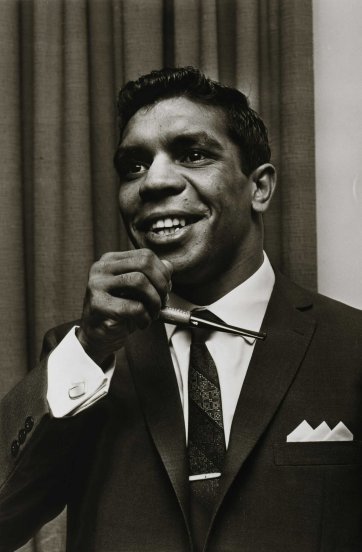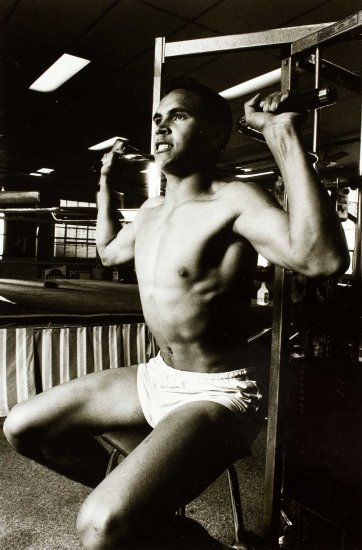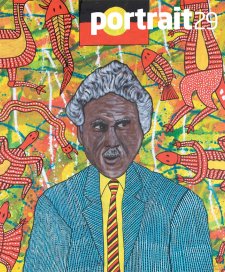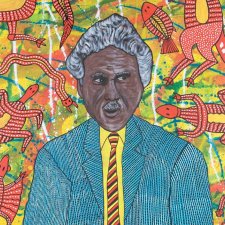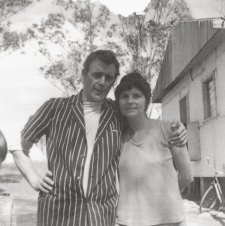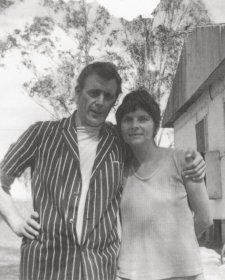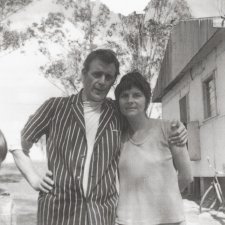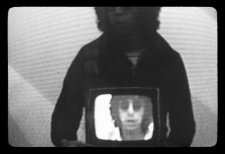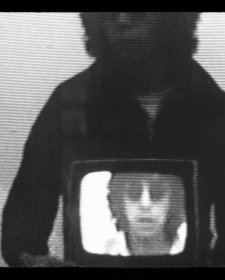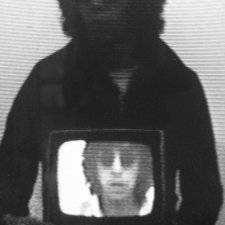Lionel Rose MBE was born in 1948 at Jackson’s Track, a small Aboriginal community in Gippsland, Victoria. He took up boxing in emulation of his father Roy Rose, a tent-show fighter, and Australian Lightweight Champion George Bracken.
In 1963 at age fifteen Lionel Rose won the Australian amateur Flyweight Championship. He won the Australian professional Bantamweight title in 1966 and the world title in Japan in 1968. More than 250,000 people – the biggest crowd ever to line Melbourne’s streets – turned out to cheer Rose upon his return. In 1968, aged twenty, he was the first Indigenous Australian to be named Australian of the Year. Also that year he was named ABC Sportsman of the Year, and became a Member of the Order of the British Empire.
Anthony Mundine was born in the inner-city Sydney suburb of Newtown in 1975. He played junior rugby league for Hurstville United and from 1993 played for the St George Dragons, Brisbane Broncos, the national Junior Kangaroos team, and the New South Wales team for three State of Origin matches. In 1999 Mundine converted to Islam, and in 2000 he controversially turned down a lucrative contract with the St George Illawarra rugby league team, citing a culture of racial vilification in the sport. Since July 2000 at age twenty-five Mundine has fought as a professional boxer and in 2007 won the World Boxing Association Super Middleweight Championship. He was named Aboriginal and Torres Strait Islander Person of the Year in 2000, and in 2003, 2006 and 2007 was awarded Male Sportsperson of the Year at the National Indigenous Music, Sport, Entertainment & Community Awards (‘the Deadlys’).
Mervyn Bishop’s photographs convey the youthful energy of two of Australia’s most significant Indigenous sportsmen. Bishop, born in 1945 at Brewarrina, nsw is recognised as Australia’s first professional Indigenous photographer. In 1962 he commenced a cadetship with the Sydney Morning Herald newspaper and in 1971 was awarded Press Photographer of the Year. From 1974 he worked as staff photographer at the Department of Aboriginal Affairs and in 1975 he shot the iconic photograph depicting Gough Whitlam pouring soil into the hand of Gurindji Traditional Owner, Vincent Lingiari, at the handover of the deeds to Gurindji country at Daguragu, nt. Since the 1980s Bishop has worked as a freelance photographer and his work has been included in important exhibitions including the 1993 international touring exhibition Aratjara: Art of the first Australians, and the 1997 National Gallery of Australia exhibition ReTake: Contemporary Aboriginal and Torres Strait Islander photography. Recently Bishop’s work was featured in the exhibition More than my skin at the Campbelltown Arts Centre. Bishop printed the photographs of Lionel Rose and Anthony Mundine at the request of the National Portrait Gallery, and they are important additions to the collection.
